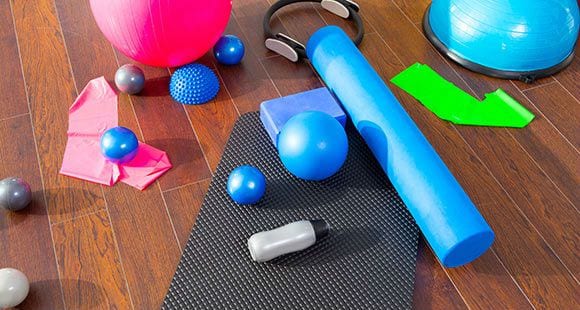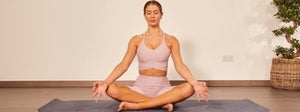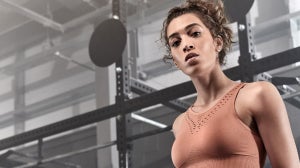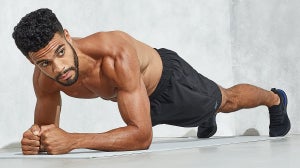Self-myofascial release or SMR is how most refer to it, is a way to release the natural knots and tensions your body will create from the process of lifting weights, running or even just standing. Typically, these small adhesions are actually caused by doing movements incorrectly or a muscular imbalance (i.e. bad posture).
Using SMR can help to release tensions on muscles and free up range of motion to allow for better blood flow and nutrient distribution as well. The best part about it is all it requires is a simple lacrosse ball (tennis balls work great too) and a little elbow grease on your part. This article will dive into releasing pressure and pain in the legs and back.
Self-Myofascial Release for Legs
SMR for the legs is quite the complex venture since there are so many muscles that make up the legs and how they all work differently. If you find yourself sitting for a majority of the day at a desk for work or school, SMR for the legs will be incredibly beneficial since your legs aren’t getting much blood flow throughout the course of a day. Follow this sample 10-minute routine to improve leg flexibility and relieve tightness.
Hip/Glutes (2 minutes each side)
Place lacrosse ball underneath buttocks while sitting on the ground with the same ankle laced over your opposite quad (this will help enhance the movement)
Roll around slowly and find some hot spots and take a deep breath through them until there is no more pain
Quads/Knee Relief/IT Band (3 minutes each leg- 1 minute per exercise)
Place lacrosse ball underneath the quad muscles and roll up and down the leg to find sore spots
To relieve some knee tightness, place ball right over the knee cap while facing down
Begin flexing and extending the leg until some pressure is gone
For IT Band release, place ball on outer part of quad and be careful while rolling up and down since this is an extremely painful point on the body
Hamstrings/Alternate KneePlace ball underneath leg while legs are extended out in front of you
Roll up and down the leg and if more pressure is needed, place opposite leg on top to provide more pressure
While sitting with legs extended, place ball behind back of knee and trap it by closing the leg and hitting the bottom part of the hamstring as well as the high calf region
CalvesPlace lacrosse ball underneath the left upper part of your calf and begin rolling in an up/down motion
Slowly work out some sore spots then move over to the other side of your calf and repeat the same motion
Self-Myofascial Release for Back
Myofascial release for the back is incredibly helpful to improve not only posture but to ensure that impingement syndrome of the shoulders is avoided. We are either at a desk for half the day with our shoulders probably slumped or our posture just isn’t good enough to keep the back erect and correct. If you suffer from lower back pain, you’ll find that releasing knots and tight muscles in the back will help alleviate some, if not all of your back pain.
LatsWhile laying on your side, place your arm over head and place lacrosse ball just right under your armpit
Begin to slowly roll up and down the length of your lat and ensure you’re on the muscle the entire time
To really release some sticky points, with your arm overhead, move it into overhead positions and find those “hot spots”
Hang out on one lat for around 2 minutes then switch sides
Teres Minor/RhomboidsPlace lacrosse ball right behind your anterior delt while laying on your back
Roll on the ball with the same side’ arms crossed in front of your chest to fully expose the teres minor, rhomboids and even hit some of the rear delt and rotator cuff muscles
This can be extremely sensitive if your posture is poor, so dropping your hips on the ground will decrease the pressure and raising your hips up off the ground will help increase the pressure to these points.
TrapsStart with a tennis ball on your upper trap while laying on the ground
Keep the ball on a hot spot then move arm into a overhead extended position to full release the upper trap/first rib
The middle traps are best released when you place two lacrosse balls together using either tape or just put them in a sock together
Begin with the balls right at the mid to lower part of your back with your arms crossed
Bring the hips up as you roll up the middle of your back to release the lower and middle traps
Take-Home Message
Although you may not be able to go to the Chiropractor to be professionally worked on, you can follow some at-home remedies. This will help your gym career by long and plentiful and to help you avoid injuries! Stay tuned for some more SMR techniques for other body parts!







